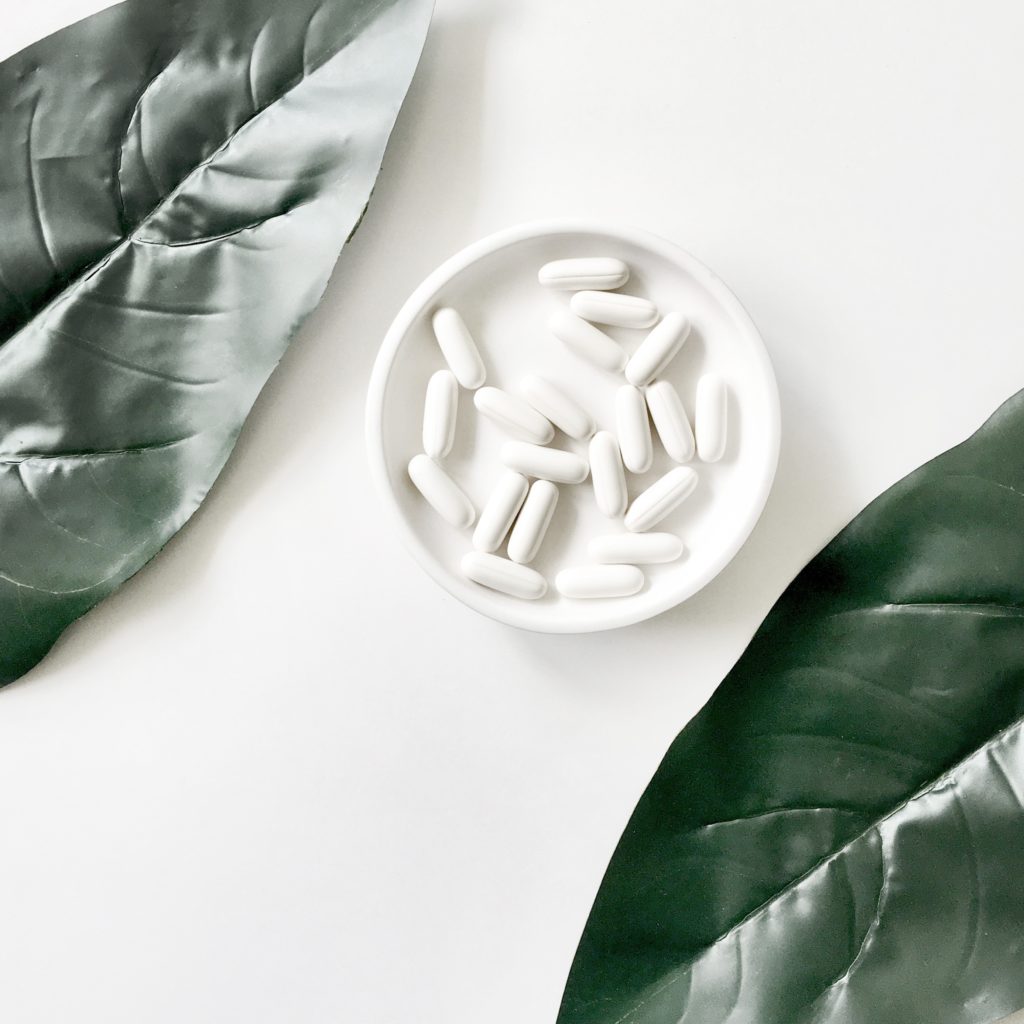New studies show dried cannabis flowers with a high THC content appears to be the most effective painkillers. The aim of the study was to determine how pain intensity changed and what adverse reactions occurred after cannabis use and whether these effects varied from product to product. Patients who used cannabis in flower form reported similar pain relief as those using concentrates and topicals.
Higher THC may be the answer to using cannabis for pain relief


Recent studies show that using cannabis for pain appears to be the winner when looking for relief.
In particular, dried cannabis flower with a high THC content appears to be the most effective painkillers.
The aim of the study was to determine how pain intensity changed with cannabis. It also studied the adverse reactions that occur after cannabis use and if these effects varied from product to product.
Patients who used cannabis in flower form reported similar pain relief than those using concentrates and topical medications.
“CBD flowers, undoubtedly, were not essentially pain relieving. The exception being for the link between CBD and gastrointestinal pain and indeterminate pain.”
Flower with a high THC content proves better when using cannabis for pain relief
Data was pulled using information from a mobile application that aims to educate users about cannabis products. This app, called Releaf, also helps to control treatment.
Researchers found that most people who reported self-medication with cannabis felt short-term but significant pain relief.


“In our sample, we observed an average pain reduction of about 3 points on a standard visual pain scale from 0 to 10.”
The aim of the study was to determine how pain intensity changed and what adverse reactions occurred after using cannabis for pain. The study additionally aimed to prove whether these effects varied from product to product.
The evidence is in the app
Releaf calls the app “the largest real-time cannabis session database in the USA.”
It analyzed 20,513 sessions of cannabis consumption registered in the application by 2,987 people between 6 June 2016 and 24 October 2018.
“Perhaps the most surprising is how widespread using cannabis for pain relief became. It recorded about 95% of cannabis sessions with various types of pain.
“The results suggest that cannabis flowers with moderate/high tetrahydrocannabinol levels are an effective analgesic.”
On average, users reported initial pain of 5.87 on a scale from 1 to 10. After using cannabis for pain, this figure fell to 2.77. This equals a drop of 3.1 points.
“Above all, they found that the burning or vaporization of natural cannabis flower has a greater relieving potential than most other types of products,” wrote the authors.
Which strains are best for pain relief?
Patients who used cannabis in flower form reported similar pain relief as those using concentrates and topical medications. THC edibles, tablets and tinctures offered less pain relief.
Concentrates found to cause more adverse side effects. Which, as justified by the scientists, may result from solvents and other additives. Obviously, from the removal of most terpenoids, terpenes and flavonoids.
In addition, products labelled as hybrids were more effective in relieving pain than those labelled as indica or sativa. The method of consumption (smoking or vaporization) of flowers did not affect the level of pain.


Higher THC levels give greater relief when using cannabis for pain
While higher CBD levels did not affect pain levels, patients with back pain, joint pain, muscle pain, headache or migraine reported that undefined pain felt more relieved through products with a higher THC content.
Patients with gastrointestinal/abdominal pain felt more relieved at lower THC and higher CBD concentrations.
In addition to this, for other reactions, patients were more likely to report positive effects than negative ones. The most frequently mentioned negative symptoms were dry mouth.
Feelings of relaxation and tranquillity were often reported as the most positive. Also, while CBD levels did not significantly affect pain, it appears that cannabidiol reduces the likelihood of adverse side effects caused by THC.
—
(Featured Image By freestocks.org)
First published in faktykonopne, a third-party contributor translated and adapted the article from the original. In case of discrepancy, the original will prevail.
Although we made reasonable efforts to provide accurate translations, some parts may be incorrect. Hemp.im assumes no responsibility for errors, omissions or ambiguities in the translations provided on this website. Any person or entity relying on translated content does so at their own risk. Hemp.im is not responsible for losses caused by such reliance on the accuracy or reliability of translated information. If you wish to report an error or inaccuracy in the translation, we encourage you to contact us.



Comments are closed for this post.